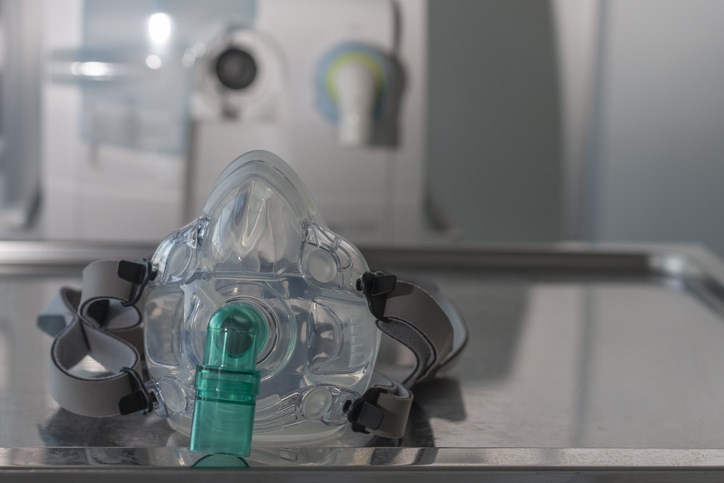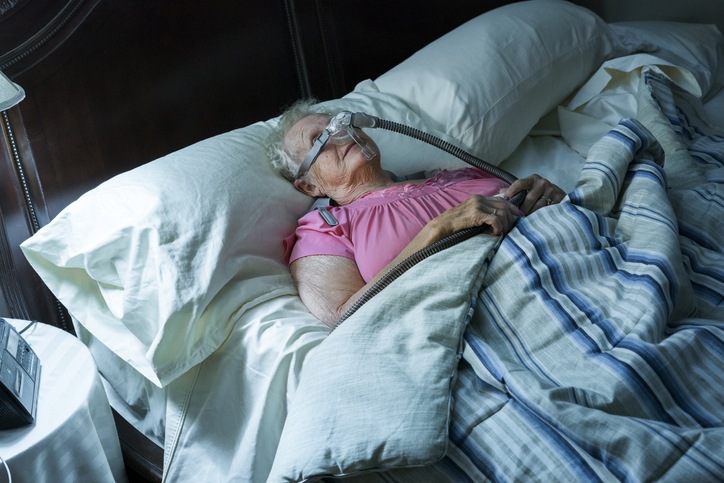
Patients with chronic respiratory failure due to chronic obstructive pulmonary disease (COPD-CRF) have a greater risk of mortality and healthcare utilization. More patients are using non-invasive home ventilation (NIVH) to manage their disease. Recently, a study found that NIVH may play a significant role in reducing mortality, healthcare utilization, and emergency room (ER) visits among COPD-CRF Medicare beneficiaries. The results of the study were presented at the CHEST Annual Meeting 2020.
Claims data from the Medicare Limited Data Set spanning 2012 through 2018 were collected. COPD-CRF Medicare beneficiaries were stratified into two groups: those who received NIVH within two months after CRF diagnosis (treatment group; n=517), and those who did not receive NIVH during the study period (control group; n=511). The main outcome measures were overall survival, time to first hospitalization, and time to first ER visit after CRF diagnosis.
NIVH was associated with a 50% decreased mortality risk (adjusted hazard ratio [aHR], 0.50; 95% confidence interval [CI], 0.36-0.65), 28% decreased hospitalization risk (aHR, 0.72; 95% CI, 0.52-0.93), and 52% decreased ER visit risk (aHR, 0.48; 95% CI, 0.38-0.58; P<0.01). NIVH continued to be beneficial for reducing hospitalizations over the entire study period, but its benefit for death and ER visits decreased over time.
One year after CRF diagnosis, the risk difference (RD) for survival was 18.0%, and the relative risk reduction (RRR) was 39.3%; for hospitalizations, the RD was 11.3% and RRR was 17.0%; and for ER visits, the RD was 20.2% and RRR was 22.0%. During the first year following diagnosis, the number needed to treat to prevent a death was 5.5; to prevent hospitalization, 8.8; and to prevent ER visit, 4.9.
“NIVH may currently be underutilized and should be considered in all patients with COPD-CRF,” the study authors concluded.







 © 2025 Mashup Media, LLC, a Formedics Property. All Rights Reserved.
© 2025 Mashup Media, LLC, a Formedics Property. All Rights Reserved.